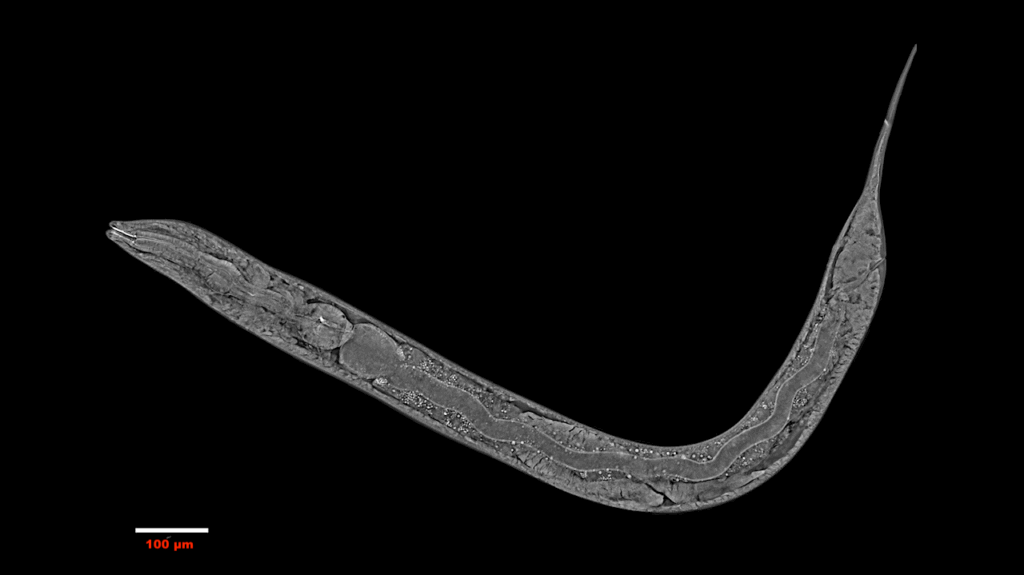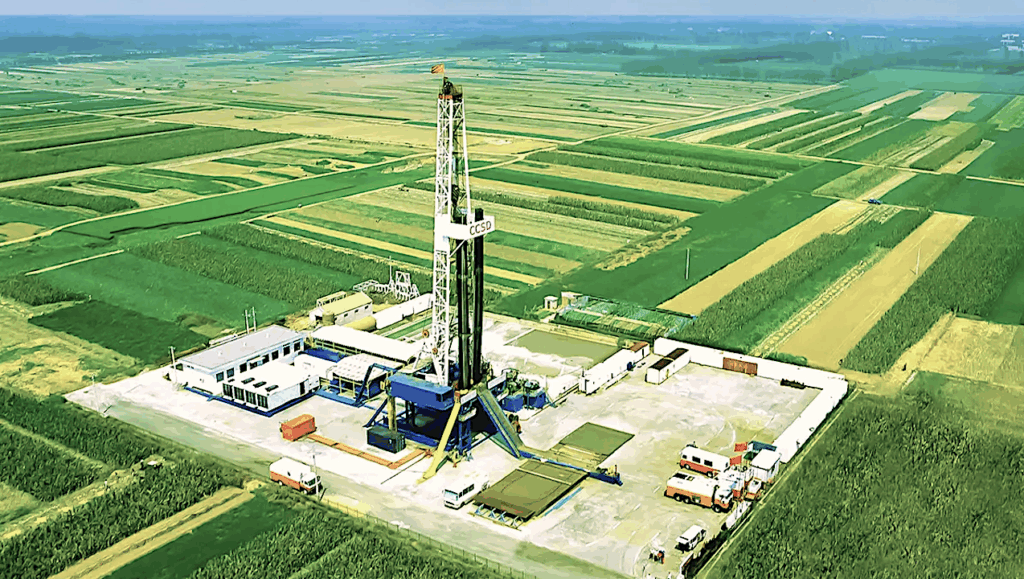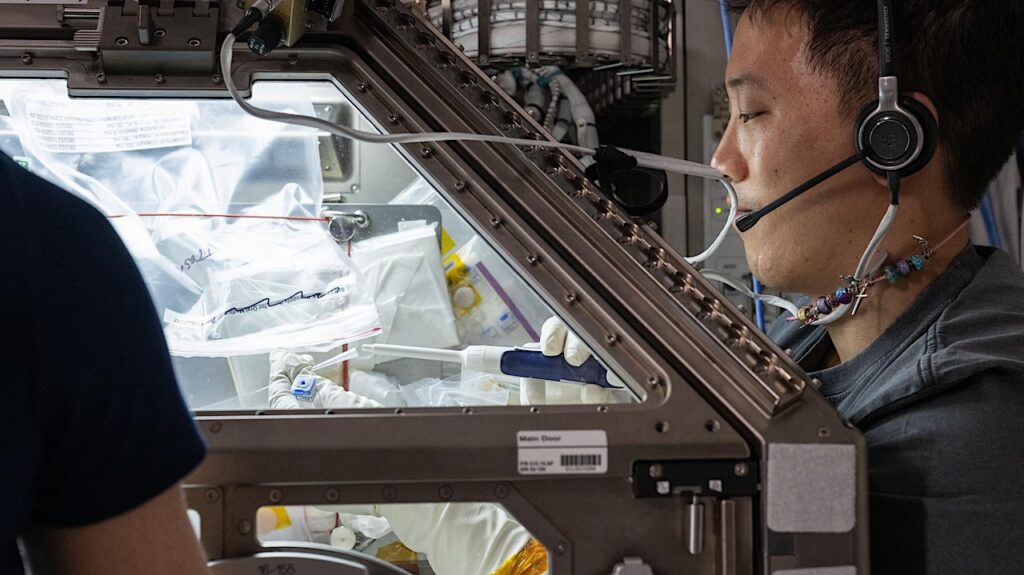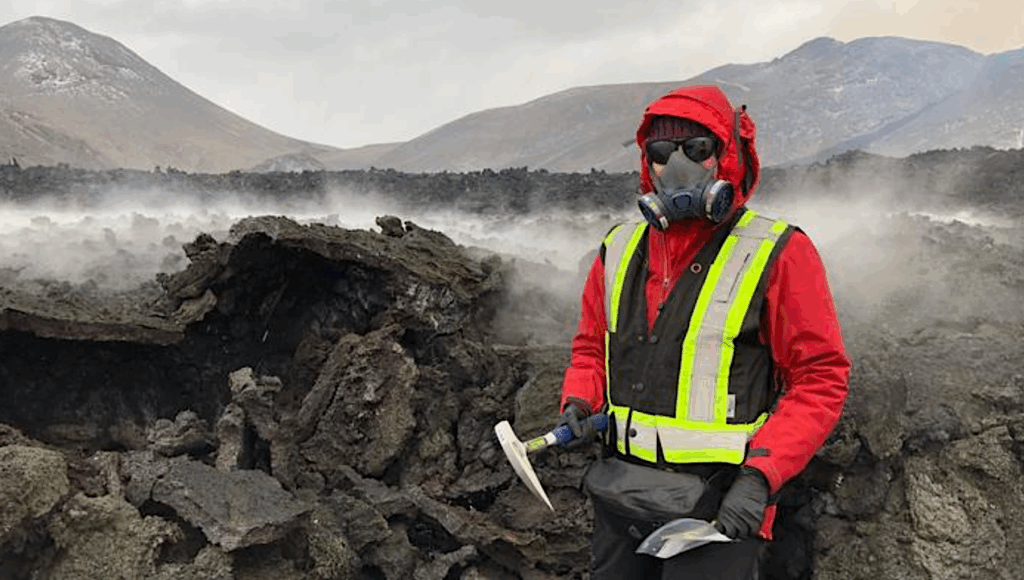830 Million Year Old Microorganisms In Primary Fluid Inclusions In Halit

Primary fluid inclusions in bedded halite from the 830-m.y.-old Browne Formation of
central Australia contain organic solids and liquids, as documented with transmitted light and ultraviolet-visible (UV-vis) petrography.
These objects are consistent in size, shape, and fluorescent response with cells of prokaryotes and eukaryotes and with organic compounds. This discovery shows that microorganisms from saline depositional environments can remain well preserved in halite for hundreds of millions of years and can be detected in situ with optical methods alone.
This study has implications for the search for life in both terrestrial and extraterrestrial chemical sedimentary rocks.
Full Paper: 830-million-year-old microorganisms in primary fluid inclusions in halite, Geology
Astrobiology








